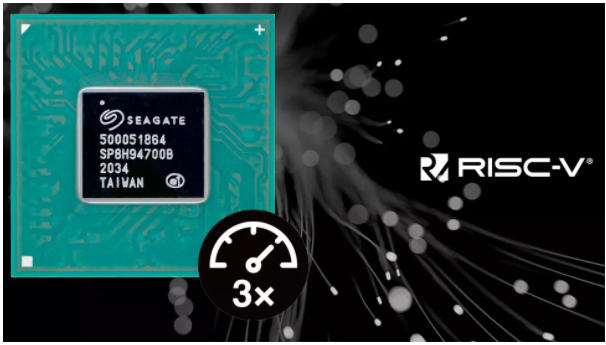Seagate this week announced that it had developed two RISC-V general-purpose cores that will be used for a wide variety of applications, including the company’s upcoming controllers for its storage devices as well as to accelerate real-time analysis in the data center and at the edge. One of the cores is designed to offer high performance, another is area and power-optimized.
Storage Gets Compute Intensive
One of the important things about modern storage is that it is extremely compute intensive.
Controllers for hard disk drives (HDDs) and solid-state drives (SSDs) usually pack multiple general-purpose cores capable of real-time processing to decode signals, process ECC algorithms or execute motion control algorithms. As 3D NAND gains density as a result of architectural (more bits per cell) and/or incremental (more layers) changes and HDD platters increase their track density, SSD and HDD controllers have to process more data in real time, which is why their demands for compute resources are growing. Going forward, with the rise of in-storage processing, SoCs powering storage devices will need even more compute horsepower.
